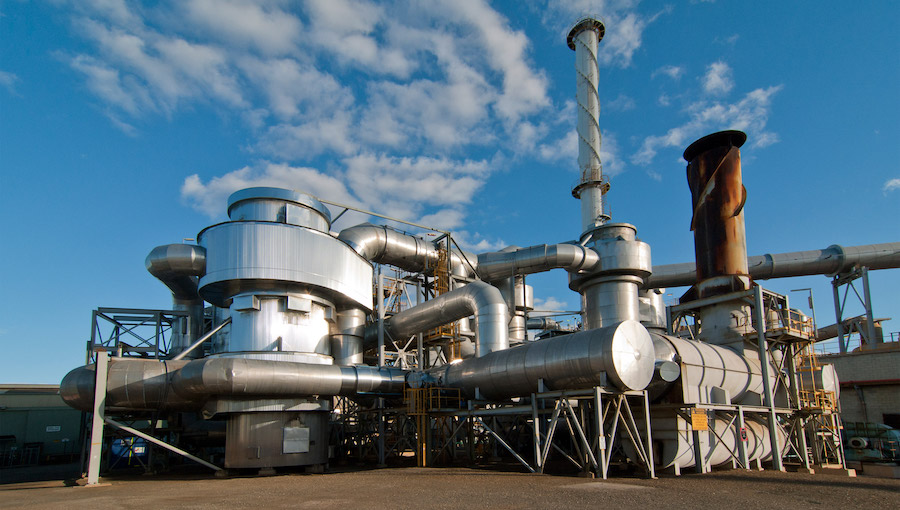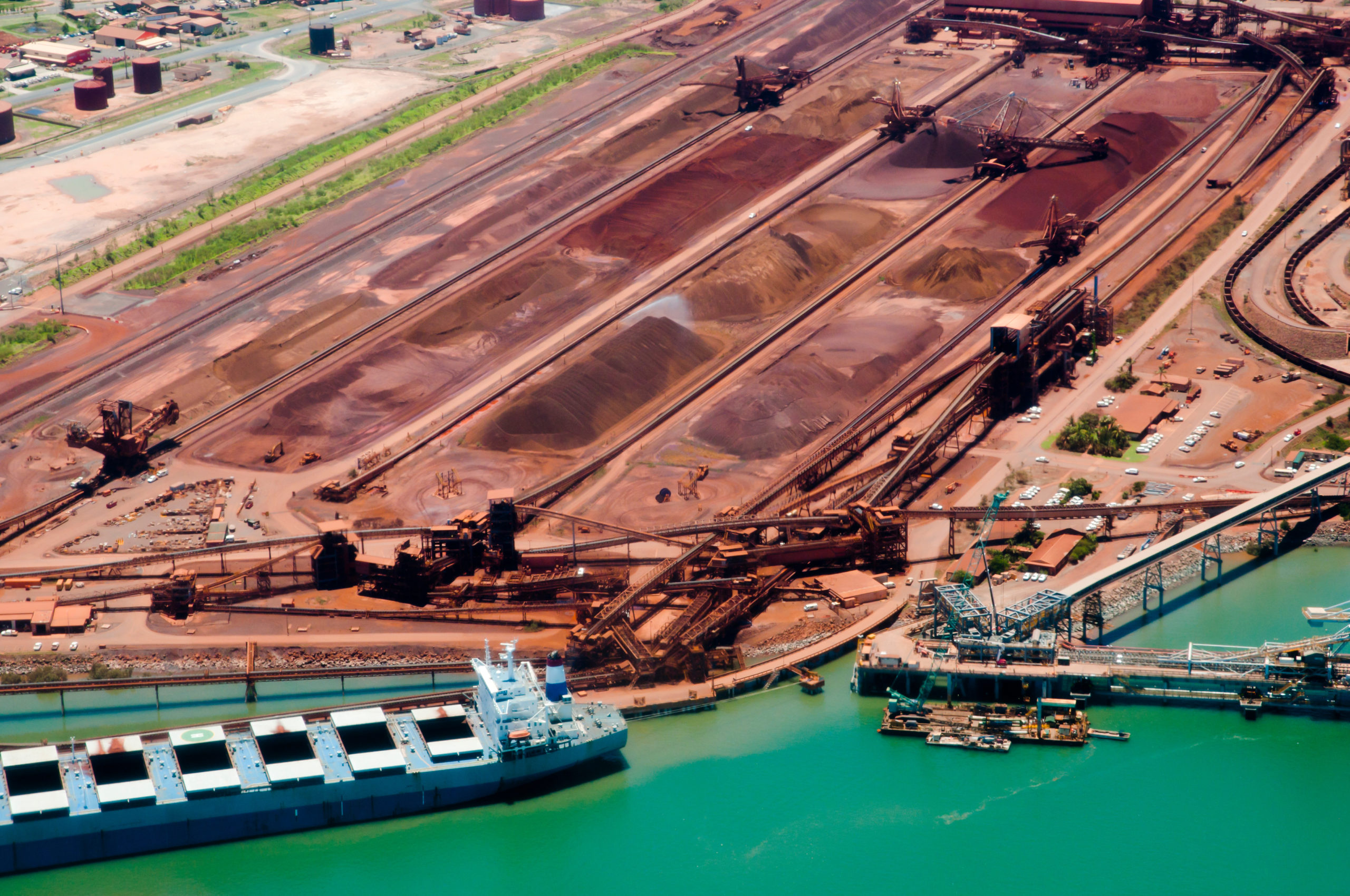BHP boosts nickel reserves by 77%, gears up for EV market

BHP Group is expanding its nickel business and plans to ramp up sales for the fast-growing electric vehicle (EV) sector, Asset President Eddie Haegel said on Monday.
Nickel West contributes just a fraction to BHP’s profit, accounting for just $42 million of underlying earnings in the December half-year, compared with $3.5 billion from its iron ore unit.
After years on the block, BHP declared its nickel business core in May on the back of promising demand expectations from the electric vehicle industry.
For higher Australian nickel volumes, BHP has been investing in exploration in new areas and around existing mines
BHP, like its peers, is ploughing more investment into large-scale growth. However, it is no small feat for the world’s biggest miner to create a top-tier, low-cost business that can make an impact on its bottom line, according to analysts and investors. “The electrification of transport is certainly shaping our long-run view of nickel as an attractive commodity,” Haegel told the Diggers and Dealers mining conference in Western Australia.
For higher Australian nickel volumes, BHP has been investing in exploration in new areas and around existing mines, as well as in debottlenecking for its Mt Keith concentrator, Kalgoorlie Nickel Smelter, and Kwinana refinery.
“These pathways have the potential to create a BHP-scale business,” Haegel said, according to a copy of his speech. BHP has boosted its nickel reserves by 77% to 1.5 million tonnes this year, and has secured a 13,000 kilometre exploration area in Western Australia, roughly the size of Qatar, along the state’s southern coast.
BHP Group plans to start production of nickel sulphate in the second quarter of next year, as it ramps up sales of its nickel products to the battery industry, Haegel said on Friday.
As more EVs take to the road in coming years, each of them will carry higher nickel volumes, as makers transition to larger batteries and nickel-rich technology to allow for longer distances, taking market share from other battery types, Haegel said.
Demand for the raw materials for EVs is expected to boom, although lithium miners have faced a rocky time this year after a supply glut hammered prices.
A 60kilowatt hour nickel-manganese-cobalt (NMC811) battery needs 9kg of cobalt, 11kg of lithium and 70kg of nickel, he said.
“Clearly, these changes will drive a significant increase in global nickel demand, but not just yet … We do not expect to see a meaningful impact on the nickel market from batteries until the mid – late 2020s,” he said.
(By Melanie Burton; Editing by Sherry Jacob-Phillips)
More News
{{ commodity.name }}
{{ post.title }}
{{ post.date }}



Comments